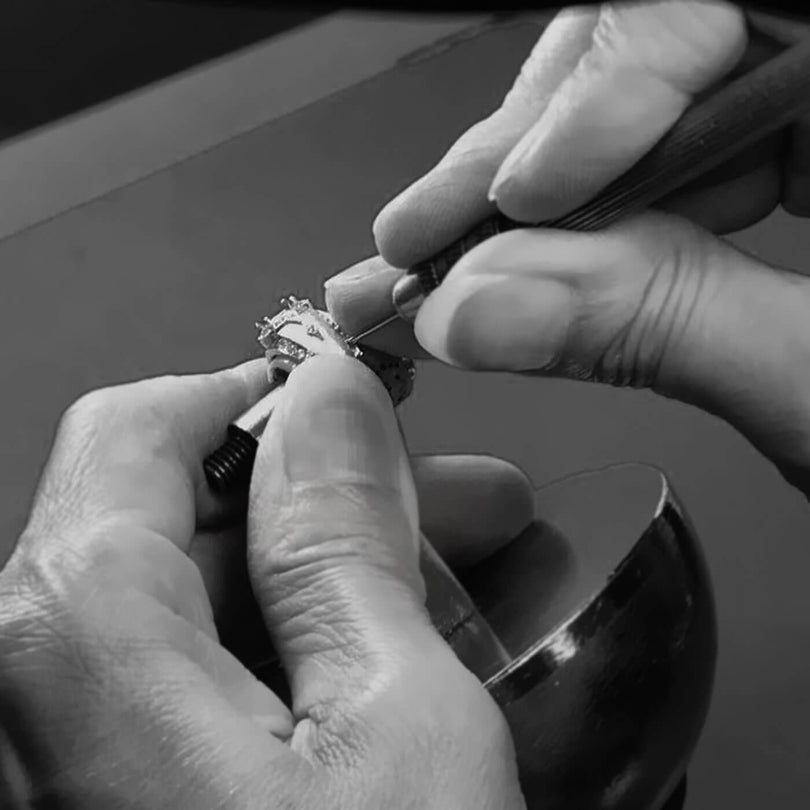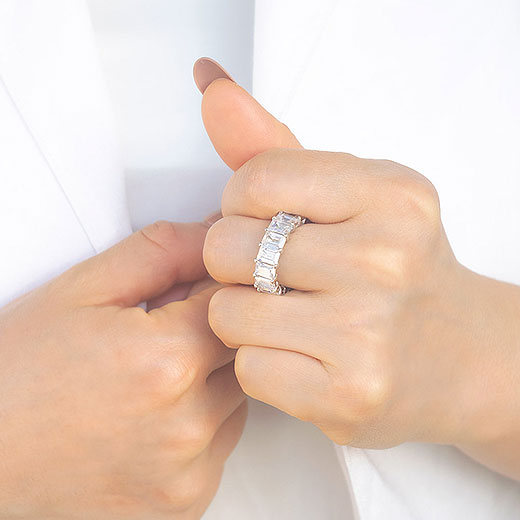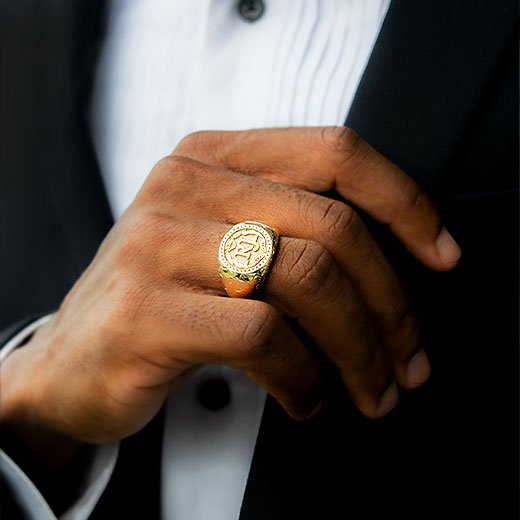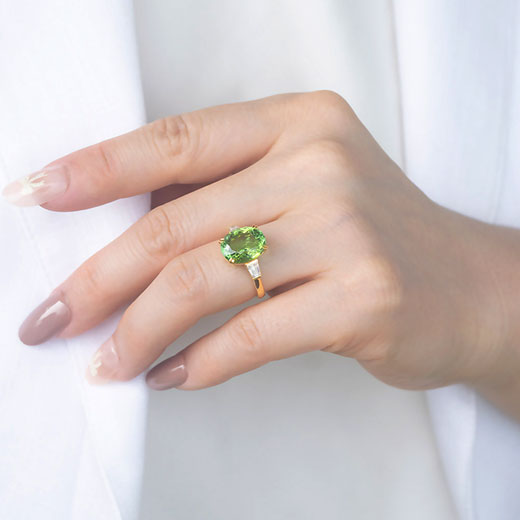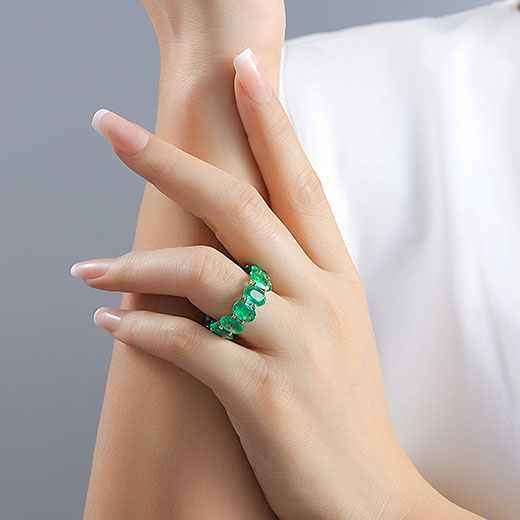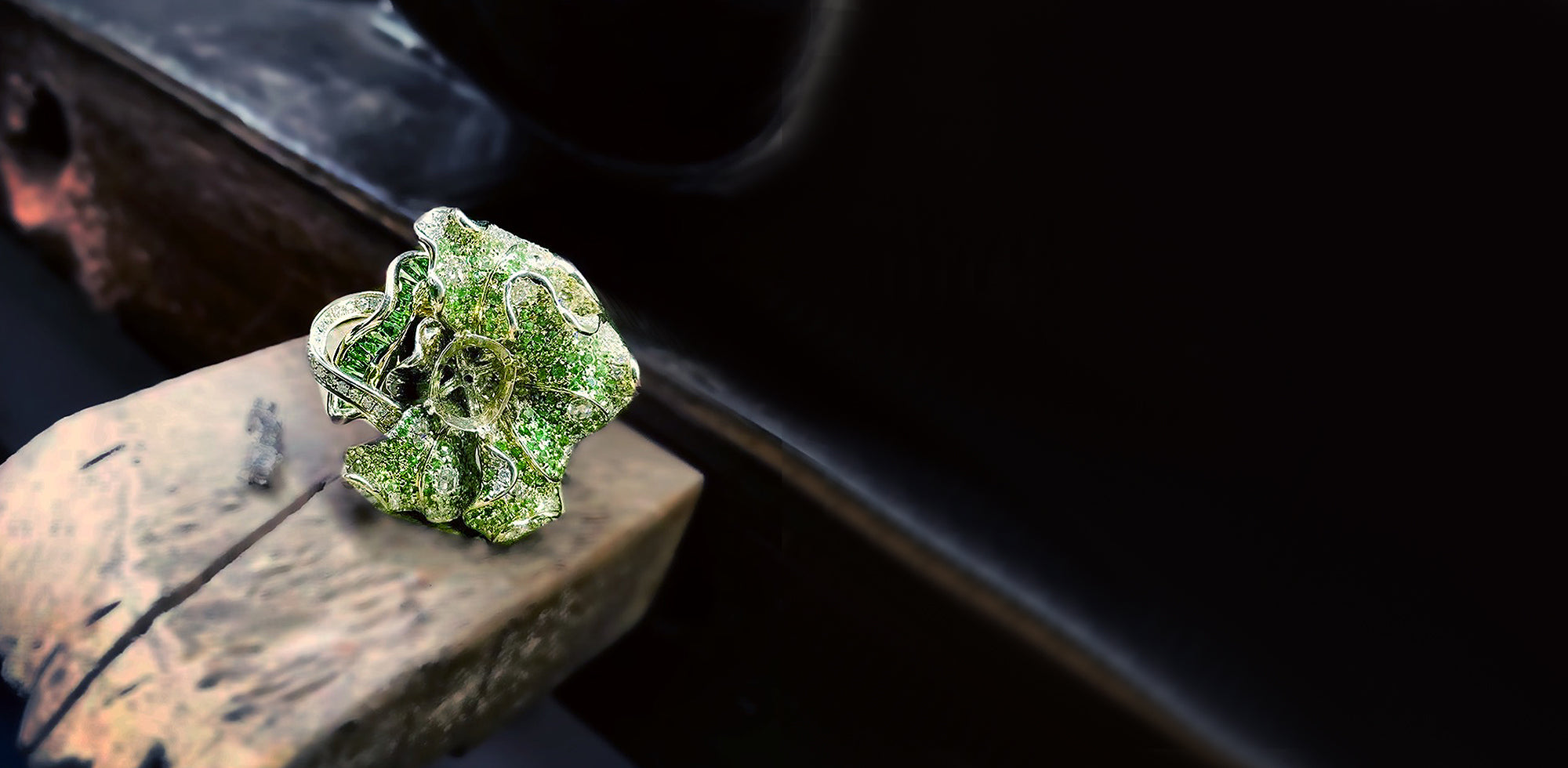Outline
Since ancient times, the pearl has been treasured for its beautiful sheen and unparalleled beauty. Spiritual transformation, purity, clarity, and wisdom have all been linked to this intriguing sea pearl. The pearl was thought to represent the moon in various ancient societies and was thought to have magical properties. This lovely stone was also believed to be the symbol of water and women.
Symbolism
Pearls are claimed to calm emotions, improve mental clarity, and improve attention. This iridescent stone is said to bring peace to the wearer by representing integrity and faith. It is also said to improve relationships. Pearls can provide protection, boost femininity, and aid in self-acceptance. These beautiful jewels are also said to bring money and good fortune.
Pearls were said to protect the bearer from dragons and fire in ancient Chinese civilizations. The pearl is also one of the Chinese tradition's eight emblems. The ancient Japanese, on the other hand, considered that these enticing gems were created from the tears of mythological beings like angels, mermaids, and nymphs.
Pearl is also the birthstone for those who were born in the month of June. White pearls are affiliated with purity, beauty, and new beginnings, whereas gold and black pearls are associated with wealth and riches. These dazzling jewels are commonly stitched into bridal gowns or worn by the bride as jewelry as a symbol of purity.
Properties
Hardness and Strength
The Mohs hardness scale gives pearl a rating of 2.5, indicating that it is quite soft and readily scratched or abraded. Pearl jewelry, on the other hand, can be a long-lasting treasure if properly cared for.
Although pearls are generally robust, aging, dryness, and sometimes excessive bleaching during early processing can make them more fragile.
Treatment
Except for the finest pearls, almost all pearls on the market today have been treated in some way. Take a look at some of the "approved" treatments your pearls have likely undergone:
Cleaning: Contrary to what you may have seen on TV, pearls do not emerge from their oysters or mussels completely white and lustrous. Instead, they're covered in dirt and polyps of various kinds. Before the farmer can even consider selling the pearl, it must be cleaned correctly.
Bleaching: After the initial washing, bleaching is used to lighten and even out the pearl's natural body color. Bleaching is also used to eliminate the visible coating of conchiolin around the nucleus of the bead.
Polishing: Most pearls, bleached or unbleached, are polished to remove any minor flaws. Various natural materials such as bamboo slivers, eucalyptus leaves, and other similar materials are often tumbled over the pearl to polish it.
Grades
Color
A pearl's birth is a truly remarkable and awe-inspiring occurrence. It all starts when a grain of sand or other foreign body gets lodged in an oyster or mussel's shell. The oyster or mussel covers the irritant with layers of nacre, which is calcium carbonate in a minute crystalline form. The irritant is entirely encased by the crystalline coating as time passes, resulting in the creation of a brilliant pearl.
Coloured pearls have grown in popularity in recent years due to their ease of cultivation. An irritant is delicately inserted in the oyster, after which the shell is left to work its magic on its own. Cultured pearls come in a variety of shapes and sizes. Akoya, Freshwater, South Sea, and Tahitian pearls are among them.
Akoya Pearls
Pinctada fucata martensii, a kind of saltwater oyster, produces akoya cultured pearls. The size of this oyster is extremely modest. The pearls that are created are also modest, ranging in size from 2 to 10 millimeters. For a long time, Akoya cultivated pearls were the most sought-after kind of pearl. The exquisite round shape, white tone, and crisp, brilliant brilliance of these pearls make them extremely attractive.
Tahiti Pearls
Pinctada margaritifera, or black lip oysters, create the Tahitian pearl or black pearl. The islands of French Polynesia are the primary producers of these black, unusual pearls. They are available in a variety of colors, including black, dark green, blue, and purple, and range in size from 8mm to 18mm. Round, teardrop, baroque, and oval are some of the shapes available.
South Sea Pearls
South Sea cultured pearls are among the most uncommon and beautiful pearls on the market today. They occur in white, silver, pink, champagne, and golden tones, and have a beautiful satin-like shine unlike any other pearl kind. The white-lipped variety of the pinctada maxima oyster produces South Sea pearls. This oyster is substantially larger than the Akoya and Freshwater pearl-producing oysters. The pinctada maxima oyster produces pearls that are substantially larger, ranging in size from 8mm to 22mm.
Freshwater Pearls
Mussels in lakes, ponds, and rivers generate freshwater cultured pearls. The supply is considerable, as each mussel can produce up to 50 pearls. These pearls have a delicate shine and a long life expectancy. They come in a variety of colors, from gentle pink, lavender, and white to peacock and black.
Clarity
Surface Quality: This term refers to the absence of disfiguring abnormalities on the surface of a pearl, such as slight color variations, bubbles on the outside, or abrasions that damage the luster or color of the jewel. The fewer defects on a pearl, the more desirable it gets.
Pearls, like other jewels, are rarely flawless. They are more likely to have peculiarities known as surface features. These can include little flat areas, wrinkles, scratches, or other traits that can affect a pearl's beauty. While some traits are severe enough to compromise a pearl's durability, others can be hidden with careful mounting or the positioning of a stringing drill hole.
The GIA classifies pearl surface quality into four categories. Clean pearls have no surface characteristics or are so small that skilled specialists can't tell them apart. The surface quality of clean pearls is extremely rare. Small peculiarities in lightly spotted pearls can be detected by trained eyes. The properties of moderately spotted pearls are more visible to the human eye, whereas strongly spotted pearls exhibit surface oddities that may affect their endurance.
Nacre Quality: There are four elements to consider while analyzing the nacre of a pearl. Over the nucleus, an ideal nacre should have numerous layers and remain translucent. The nacre should be equally distributed and perfectly aligned. These ingredients, when combined, can produce a pearl with both a stunning brilliance and a long life.
When nacre has had a long time to form around a pearl, it might appear its best. Extra nacre can form around the nucleus, resulting in a bigger pearl with many layers of nacre. More nacre, on the other hand, does not always imply a better pearl. It has the potential to deposit unevenly, affecting how light bounces off the diamond and shines through the pearl. The longer nacre has to form against the nucleus, the more likely the pearl will be shaped differently than the usual round or near round shape.
Light can pass deeper into a pearl when layers of nacre are perfectly layered on top of one another like pages in a book, giving it the necessary translucence. Mirror-like brilliance and sharp reflections are more common in aligned nacre. Light diffuses among the layers of nacre when it is less ordered, giving it a softer lustre.
Cut
Round, Near-Round, Oval, Button (circular and flat, like a disc,) Drop (pear shaped,) Baroque (irregular), and Semi-Baroque are the different shapes of pearls. A phenomenon known as ringed pearls occurs when any type of pearl has ridges along its surface.
Cultured pearls that are perfectly round are the rarest and most precious. Only around 1% of farmed pearls are perfectly spherical, despite the fact that most are almost round. Roll a strand across a level surface to test if it moves in a smooth and even manner to check for roundness.
Carat
It is critical to know and comprehend the various grades of pearls in order to make an informed decision when purchasing these lovely gems. Quality factors such as luster, nacre, surface, shape, color, and size are used to grade pearls. The AAA system and the A-D system are the two most common grading systems.
AAA-Best
This comprises the pearls with outstanding luster, mirror-like reflection, blemish-free surface, over 0.5 mm nacre, and a perfect round form.
AA-Better
The pearls in this category have a nearly round shape, at least 75% blemish-free surface, good luster, and clear reflection.
A-Good
Pearls in this category are less than 75% clean, have a chalky look, are less round, and have thin nacre.
Identifying Pearls
Pearls are versatile and ageless, adding a touch of luxury to any outfit. The increased demand for these gleaming gems has resulted in a surge in counterfeits on the market. Here are some guidelines to help you recognize genuine pearls.
- Real pearls are rarely flawless and have surface ridges that may be seen with a magnifying glass since they are grown organically.
- They have a lovely, shiny, and inviting overtone (a slight hue that occurs on the outer surface).
- Real pearls are incredibly light-reflective. Low-quality real pearls, on the other hand, may appear slightly chalky, similar to fake pearls.
- They'll be slightly different sizes and shapes, although fake pearls will seem the same.
- When you touch them, they feel cold, but after you put them on, they warm up to your body temperature.
- They're a tad heavier than imitation pearls.
- Real pearls feel gritty when pushed across your teeth, however fake pearls usually feel smooth.
- When you knock a string of pearls together, the real ones make a softer sound, whilst the fakes make a tiny one.
- The top layer chipping or cracking is a sure clue that the pearl is a fake.
- If there are any variations in density or typical forms of drill holes, an x-radiograph examination will identify these. In real pearls, drill holes are normally drilled from both sides and meet in the middle. The hole is broader in the center of the cross section than it is at the edges.
- The sun test is a simple and low-cost test to do. Variations in iridescence and color will be visible in natural sunshine. If the hue and overtones of the pearls are identical, they are most likely fake.
Care Guides
- Chemicals included in fragrances, cosmetics, hair and washing products can easily destroy pearls. Put your pearls on as a finishing touch after putting on your makeup and combing your hair, and take them off as soon as you return home to avoid contact with these items.
- Toothbrushes and other abrasive materials might damage your pearls. Any commercial cleaning chemicals, including those marketed as gentle, will do the same.
- When cleaning pearls, avoid using detergents and powdered cleansers, baking soda, chlorine bleach, vinegar, tarnish remover, any form of jewelry cleaner, or ammonia (even Windex).
- Do not clean your pearls with steam or ultrasonic cleaners.
- Plastic bags and containers must be avoided because they emit chemicals that cause the pearl to degrade.
- Keep your pearls away from direct sunshine, heat, and hot surfaces like the mantle of a fireplace, the television, and the stove.
- Contact with other gemstones or any sharp thing can scratch pearls. Put your jewelry in a soft silk or velvet bag first, then into a partitioned jewelry box to avoid tangles and scratches.
- Pearls' color and shine are unaffected by water. After each use, dampen a delicate cloth with water and wipe your pearls clean.
- Accidental spills might happen, so soak your pearls in tepid water with gentle natural soap to undo the damage. Rinse well and dry with a cotton cloth.
- Perspiration can also damage pearls. When it's hot and humid, take them off.
- You don't need to keep your pearls in a dry place or in a safe deposit box. Pearls, like our skin, require moisture to rehydrate and must be removed from time to time. This enhances their sheen and radiance.

